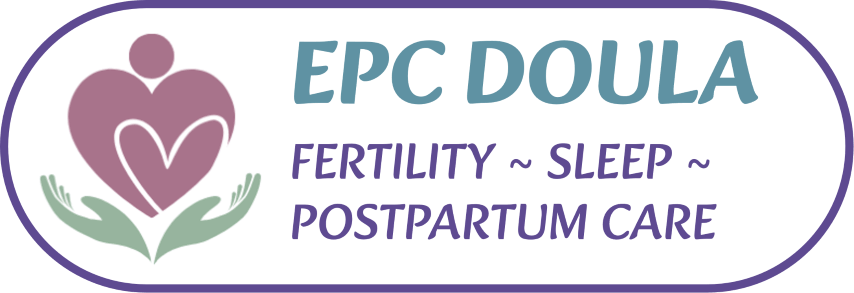Sleep Shaping:Helping your infant build healthy sleep habits from the start
Bringing home a newborn is a magical experience, but it also comes with sleepless nights and unpredictable routines. While it’s completely normal for infants to wake frequently in the early months, sleep shaping can help lay the foundation for better sleep habits!
What is Sleep Shaping?
Sleep shaping is a gentle, responsive approach that introduces healthy sleep habits from birth to around four months old. It’s not about rigid schedules or letting babies "cry it out" but rather about creating an environment and routine that naturally encourages longer, more restful sleep as they grow.
Why Sleep Shaping Matters?
Many parents assume that newborn sleep is so unpredictable and that nothing can be done to improve it until their baby is older. However, even in the early months, small changes can make a big difference in helping your baby settle into a natural rhythm. By gently guiding your baby toward healthy sleep habits, you can prevent sleep struggles down the road and create a smoother transition when your baby is developmentally ready for longer stretches of sleep. Just like potty training, learning to self soothe is a skill to be learned.
Gentle Strategies to Shape your Baby’s Sleep:
1. Establish a Predictable Routine
Newborns thrive on predictability. Even though they may not follow a strict schedule, incorporating consistent patterns—such as feeding, playtime, and sleep—helps their bodies begin to recognize natural rhythms.
A simple feed-play-sleep routine can gently guide your baby toward better sleep associations.
2. Create a Sleep-Friendly Environment
A soothing sleep environment can help signal to your baby that it’s time to rest.
Keep the room dark with blackout curtains for naps and bedtime. Use a white noise machine to mimic the comforting sounds of the womb. Ensure your baby’s sleeping area is safe and free from distractions, with a firm mattress and no loose bedding.
3. Recognize and Respond to Sleep Cues
Understanding your baby’s natural sleep cues can prevent overtiredness, which often makes it harder for them to settle. Common sleep cues include rubbing eyes, yawning, fussiness, and staring off into space.
Practice putting your baby down on their back before they become overtired makes it easier for them to fall asleep. Utilize a pacifier to help soothe a newborn and know it can reduce SIDS!
4. Encourage Day-Night Differentiation
Newborns don’t yet have an internal clock, but you can help them start distinguishing between day and night.
During the day, keep the house bright, engaging, and active.
At night, keep interactions calm and minimal to reinforce that nighttime is for sleeping. Swaddle baby to reduce the startle reflex and create a womb-like environment.
5. Allow Opportunities for Self-Soothing
While newborns often need help falling asleep, you can gently encourage independent sleep skills by allowing them brief moments to settle before intervening. If your baby stirs but isn’t fully awake, pause for a moment before picking them up. Gradually introduce gentle settling techniques like patting, shushing, or using a pacifier.
Even with the best intentions, some habits can make sleep more challenging in the long run. Here are a few common mistakes:
❌ Keeping the baby awake too long – This can lead to overtiredness, making it harder for them to fall and stay
asleep. An overtired baby does not equal a baby that wants to sleep longer!
❌ Skipping a consistent bedtime routine – Even newborns benefit from simple, predictable bedtime cues.
❌ Relying solely on motion sleep (swings, car rides, etc.) – While this can be helpful sometimes, babies need to learn to sleep in a still environment too.
Last thoughts go out to my MOMS:
I want you to never forget yourself and remember that YOUR rest is just as important as your baby’s - so sleep when they sleep to recharge, heal and be the best version of yourself for them.
If you’re feeling overwhelmed, working with a certified sleep consultant can provide tailored guidance to
support your baby’s sleep journey while aligning with your parenting style.
